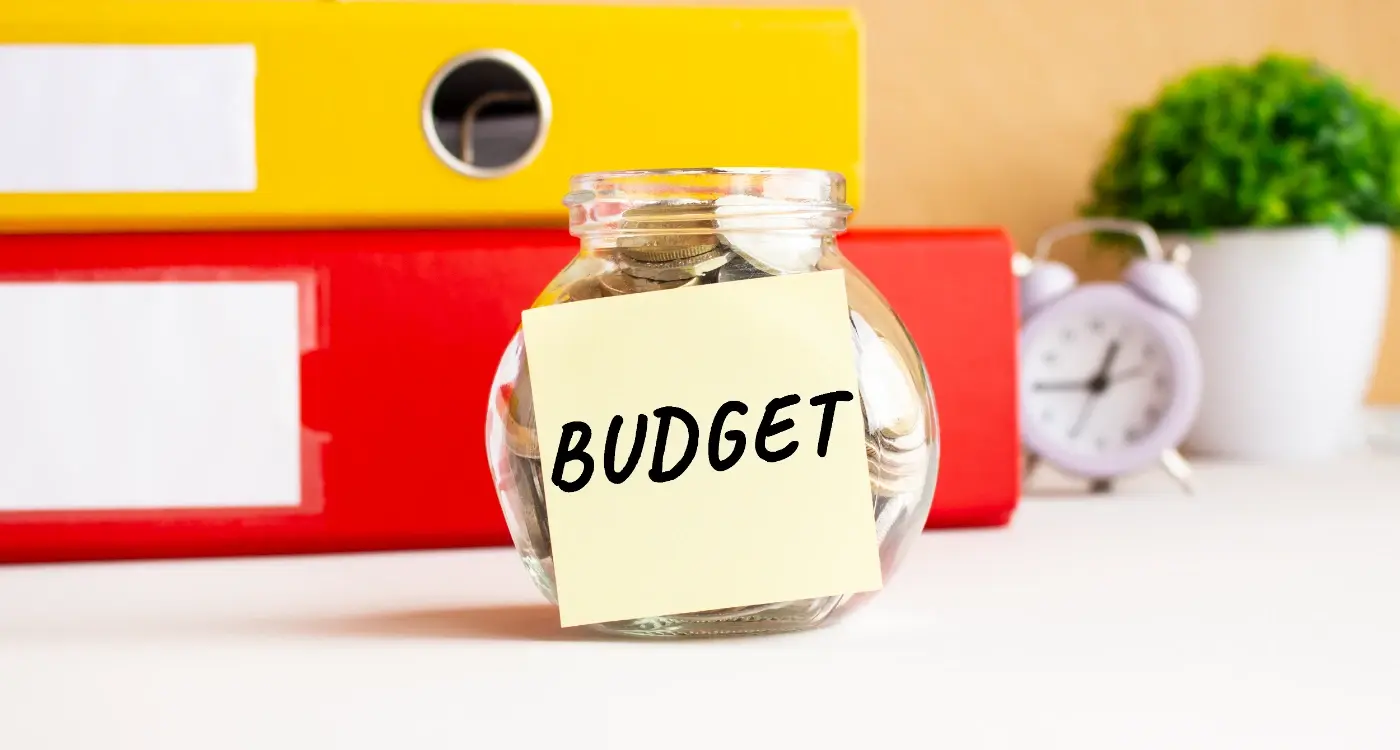How Long Will My Startup Runway Last During App Development?
Nine out of ten startups will fail—and running out of money is the second most common reason why. That's a sobering statistic when you're sitting there with a brilliant app idea and a limited bank balance. The harsh reality is that app development can burn through your startup runway faster than you might expect, leaving you scrambling for more funding or worse, shutting down before you've even launched.
Your startup runway—the amount of time your money will last at your current burn rate—becomes absolutely critical during app development. Unlike other business ventures where you can start small and grow gradually, building a quality mobile app requires significant upfront investment. Development costs, team salaries, marketing expenses, and operational overheads all chip away at your funds whilst you're not generating revenue yet.
The biggest mistake I see startups make is underestimating how long app development takes and how much it really costs—both in money and time
This guide will help you understand exactly how long your runway will last during app development. We'll break down the real timelines, hidden costs, and smart strategies to make your money stretch further. Whether you've got six months of funding or two years, knowing how to plan your development journey properly could be the difference between launching successfully and becoming another startup statistic.
Understanding Your Startup Runway
Your startup runway is the amount of time you have before your money runs out—it's that simple. Think of it like the fuel in your car; you need to know how far you can drive before you need to fill up again. Most startups calculate their runway by dividing their current cash by their monthly burn rate. So if you've got £50,000 in the bank and you're spending £5,000 per month, you've got 10 months of runway left.
But here's where it gets tricky with app development. Your burn rate isn't going to stay the same throughout the process. You'll have big chunks of money going out for development costs, design work, and testing. Then you might have quieter periods where you're just paying for basic running costs. I've seen too many founders get caught out by this—they calculate their runway based on their current monthly spend, forgetting they're about to drop £30,000 on building their app.
The Reality Check You Need
You need at least 18 months of runway when you start app development, and that's being optimistic. Six months for development, six months for launch and initial marketing, and another six months as a buffer because things always take longer than expected. Before you even start, make sure you understand what your app developer will need from you to keep the project on track and avoid costly delays. Trust me on this one—I've watched brilliant startups fail not because their idea was wrong, but because they ran out of money just as things were getting interesting.
What Affects Your Burn Rate During App Development?
Your burn rate during app development isn't just about how much you're spending on developers—though that's obviously a big chunk of it. I've watched countless startups get caught off guard by costs they never saw coming, and it's not pretty when your runway disappears faster than expected.
The team you choose makes a massive difference to your monthly outgoings. A senior developer in London might cost you £600-800 per day, whilst a junior developer could be half that. But here's the thing—that senior developer might build in two weeks what takes a junior two months. It's not always about finding the cheapest option.
The Hidden Costs That Creep Up
Beyond your development team, there are other expenses that quietly eat into your budget. Third-party services, cloud hosting, app store fees, and those lovely subscription tools your team needs all add up. Then there's your own salary (you do need to eat!), office costs if you have them, and legal fees for terms of service and privacy policies.
Track every expense from day one, even the small ones. That £20 monthly design tool subscription might seem tiny, but six months of overlooked costs can really surprise you.
The complexity of your app features directly impacts how fast you burn through cash. Want real-time chat? That's weeks of development. Need payment processing? More complexity, more time, more money flowing out of your account. Make sure your development team is taking note of the most popular features that users actually want, so you're not wasting money on unnecessary functionality.
How Long Does App Development Actually Take?
Right, let's get straight to the point—everyone wants to know how long their app will take to build, and I get asked this question almost daily. The honest answer? It depends on what you're building, but I can give you some realistic timeframes that won't sugarcoat the reality.
Simple Apps vs Complex Builds
A basic app with standard features like user login, simple navigation, and basic functionality will typically take 3-4 months from start to finish. We're talking about apps that don't need complex integrations or fancy features. But here's the thing—most startup apps aren't that simple! Once you start adding things like payment processing, real-time messaging, location services, or custom animations, you're looking at 6-8 months minimum.
The Reality of Complex Features
I've worked on apps that seemed straightforward on paper but ended up taking over a year to complete. Why? Because the client wanted AI integration, complex data syncing, custom user interfaces, and multiple user types—all whilst maintaining perfect performance. Each feature adds time, and some features add a lot more time than others.
Here's what really affects your timeline: how well-defined your requirements are from the start, how many changes you make during development, and whether you need the app on both iOS and Android simultaneously. Your choice of platform can significantly impact both timeline and costs, so it's worth understanding which platform is right for your development team before you start. Plan for 6-12 months for most serious startup apps, and you won't be disappointed.
Planning Your Development Budget
Right, let's talk money—the bit that makes most startup founders break out in a cold sweat! Planning your app development budget isn't just about knowing what you'll spend; it's about understanding how that spending affects your burn rate and runway. I've seen too many startups get this wrong and run out of cash just as their app starts gaining traction.
Breaking Down the Real Costs
Your development budget needs to cover more than just the obvious bits. Yes, you've got your developer costs (which can range from £15,000 for a basic app to £150,000+ for something complex), but don't forget the extras that sneak up on you. App store fees, third-party integrations, testing devices, backend infrastructure—they all add up faster than you'd think.
The biggest mistake I see startups make is budgeting for the build but forgetting about the rebuild
Planning for the Unexpected
Here's something most people won't tell you: your first budget estimate will be wrong. Not because you're bad at maths, but because app development is unpredictable. User feedback will change things; technical challenges will pop up; features that seemed simple will turn out to be nightmares. Build in a 20-30% buffer for your startup runway app development planning—you'll thank me later when you're not scrambling for emergency funding three months in.
Stretching Your Runway Without Compromising Quality
Here's the thing about extending your runway—it doesn't have to mean cutting corners or ending up with a rubbish app. I've worked with plenty of startups who think they need to choose between having money left over and building something decent. That's just not true.
The smartest approach I've seen is starting with what we call a Minimum Viable Product or MVP. This isn't about building half an app; it's about building the right parts first. Focus on the core features that solve your users' main problem and leave the nice-to-have features for later versions. Understanding what makes the difference between average and stellar apps will help you prioritise features that truly matter. You can always add more bells and whistles once you've got some revenue coming in.
Smart Ways to Save Without Sacrificing Quality
The key is being strategic about where you spend your money. Good developers will help you identify which features are must-haves versus nice-to-haves. Listen to them—they've seen what works and what doesn't.
Warning Signs Your Runway Is Getting Short
Right, let's talk about the elephant in the room—when your money starts running low during app development. I've watched plenty of startups hit this wall, and trust me, the signs are usually there long before the bank account hits zero. The trick is spotting them early enough to do something about it.
Financial Red Flags
Your burn rate during app development will fluctuate, but if you're consistently spending more than planned month after month, that's your first warning bell. When you find yourself dipping into reserves you earmarked for post-launch marketing or operations, you're in trouble.
Development Warning Signs
When your development team starts suggesting "quick fixes" instead of proper solutions, or when you're constantly choosing the cheapest option rather than the right one, your runway pressure is showing. Feature creep without budget increases is another massive red flag—every "small addition" eats into your remaining funds.
Set up automatic alerts when your runway drops below 8 months. This gives you breathing room to secure additional funding or adjust your development scope before panic sets in. If you're building for different markets, remember that there are key differences between business and consumer apps that can significantly impact your development costs and timeline.
Conclusion
Managing your startup runway during app development comes down to one thing—planning with your eyes wide open. I've worked with hundreds of startups over the years, and the ones that succeed aren't always the ones with the biggest budgets or the flashiest ideas. They're the ones who understand their numbers, plan for the unexpected, and make smart decisions when things get tight.
Your runway calculations should include a buffer of at least 20-30% on top of your initial estimates—trust me on this one. App development projects almost always take longer and cost more than you first think. That's not pessimism talking; it's experience. The startups that survive are the ones who plan for these realities rather than hoping they won't happen.
Don't forget that your app development timeline affects more than just your cash flow. It impacts your market entry, your ability to raise additional funding, and your team's morale. Getting this balance right means being honest about what you can afford, realistic about timeframes, and flexible enough to adjust your approach when needed.
The good news? With proper planning and the right development partner, you can build something amazing without burning through your entire runway. Start with your MVP, validate your assumptions, and grow from there. Your future self will thank you for it.
Share this
Subscribe To Our Learning Centre
You May Also Like
These Related Guides

What Happens If I Run Out Of Money During Development?

How Much Does It Cost to Keep Your App Running?



